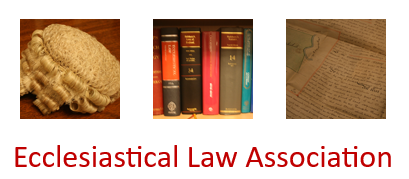The petitioner wished to place a memorial tablet of Welsh Slate, measuring 8 inches by 11 inches by 2 inches in the churchyard, next to a tree which her father had planted after the Great Storm of 1987. She wished the inscription to bear the names of her mother and Welsh father, with dates of birth and death and the Welsh word 'Tangnefedd', an old Welsh word meaning 'Peace'. Her father's ashes had been buried close to the tree, but the body of her mother, who did not wish to be cremated, had been buried in a nearby woodland cemetery, with no memorial. Owing to the father's connection with Wales, the Deputy Chancellor approved the use of the Welsh word in the inscription. And as regards the mother's body not being buried in the churchyard, the Deputy Chancellor approved the inscription bearing the mother's name, provided that the words 'Margaret buried in Nutfield Cemetery. Gadfan interred at this spot.' were added to the edge of the stone.

